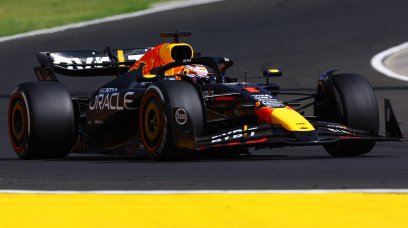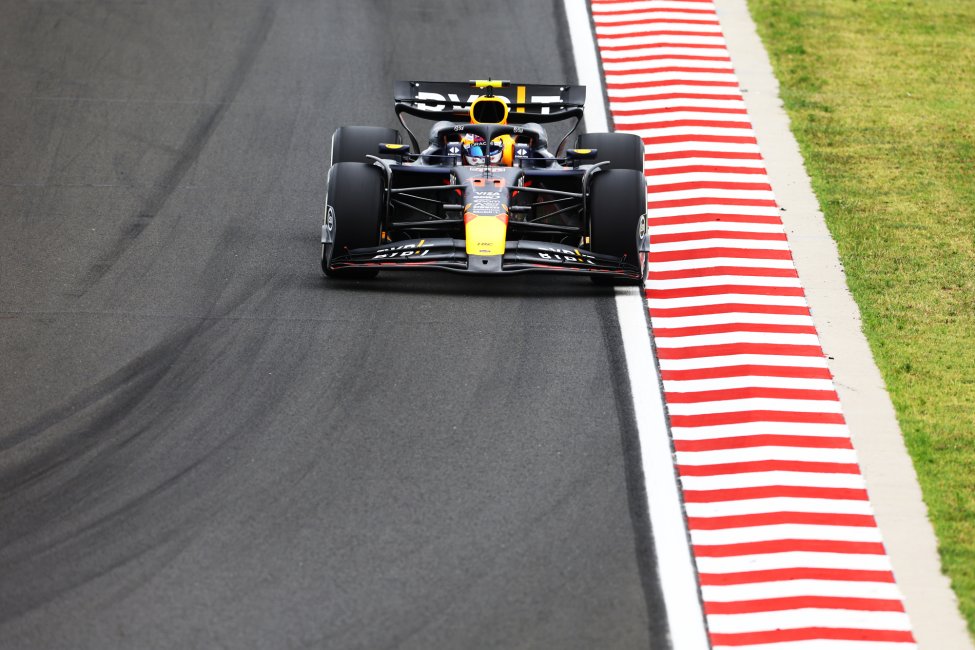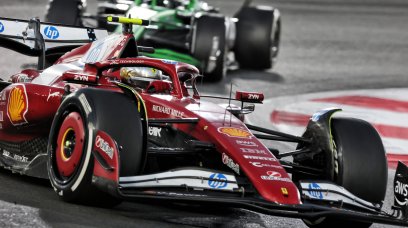The FIA has confirmed the F1 points system will remain unchanged going forward following deliberations to alter the structure.
F1's current point-scoring system of awarding points to the top 10 finishers has been in place since the 2010 campaign.
Minor modifications have since been made, with the driver who sets the fastest lap of the race now awarded an additional point.
Drivers can also score additional points during sprint weekends, with the top eight finishers of the shorter race rewarded.
Earlier this year, talk gathered of expanding the F1 point-scoring system to include the top 12 drivers.
The proposal received a mixed reception from the current crop of drivers, with some being in favour while others opposed the plan.
However, following a meeting between the F1 Commission, the consideration has been scrapped for the 2025 season following unanimous agreement.
Viewed by others:
Weight increase for 2025 cars
Further conclusions from the meeting include the F1 cars for the 2025 season receiving an increase in weight.
The regulations originally stated the minimum weight of the cars would be 798 kilograms - the same as the cars for the current season.
However, a rule change will be implemented that sees the minimum driver weight increase from 80 kg to 82 kg, with the alteration made “in the interests of driver well-being”, according to the FIA.
The change will see the minimum weight of the F1 cars lift from 798 kg to the 800 kg mark.
Most of the current F1 drivers already weigh below the 80 kg mark, with the difference made up in ballast. The rule was introduced in 2019 to stop smaller and lighter drivers from having an advantage.
The increase in weight means F1 cars will be 109 kg heavier than the original turbo-hybrid challengers that raced in 2014.
Expanded 2026 testing
The FIA also confirmed the 2026 pre-season test will be held across nine days and three different test events.
2026 will see the debut of new technical regulations with major alterations to the aerodynamic and power unit side of the cars.
A meeting will also take place later this year where concerns over the 2026 rules will take place.
“The overall strategic objectives of the 2026 Regulations were reiterated setting out that the overriding aim is to achieve fast and closer racing that will continue to engage and excite fans,” said the FIA.
“An update was provided on the timeline of the 2026 Regulations covering Technical, Sporting, Financial and Environmental matters and that the ongoing collaboration led by the FIA with all the teams was on track to meet the objectives and moving in the right direction for the finalisation of the regulations.
“Folllowing further discussions during upcoming Technical and Sporting Advisory committees, an update on the 2026 Regulations relating to sporting and technical regulations will be presented at the World Motor Sport Council on October 17.
“An extraordinary F1 Commission meeting will take place on October 2 to discuss 2026 matters.”
Don't miss out on any of the Formula 1 action thanks to this handy 2026 F1 calendar that can be easily loaded into your smartphone or PC.
Download the calenderMost read
In this article













Join the conversation!